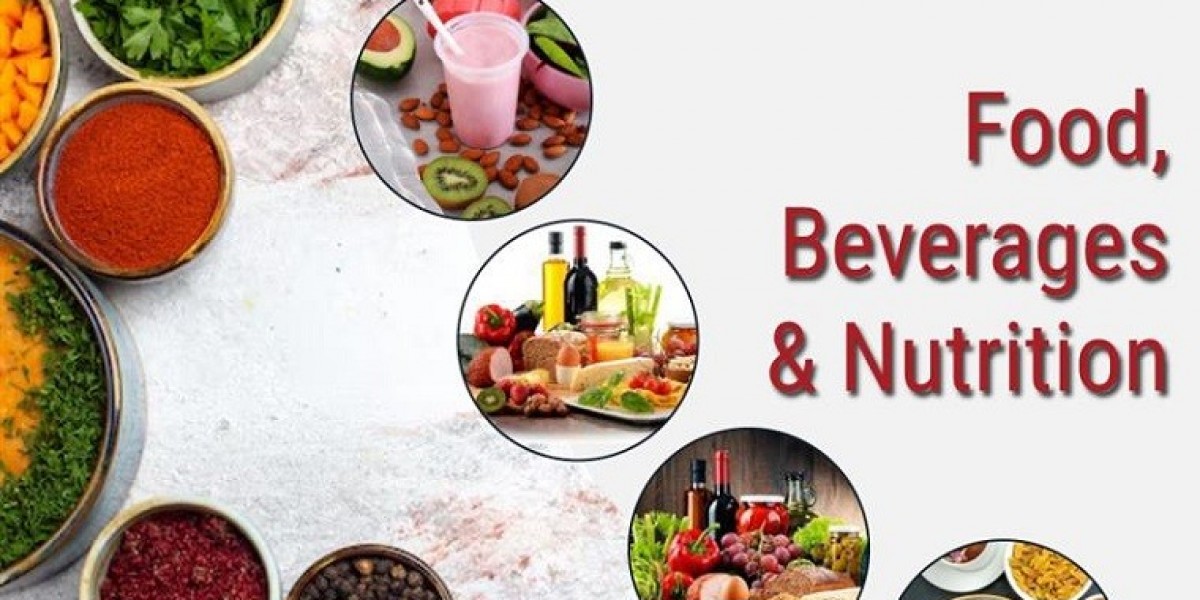As the organic cocoa market expands, competition intensifies. The ability to secure sustainable supply, differentiate via brand, and manage certification costs becomes the playing field. Here’s how major players are shaping the competitive landscape.
Leading Players
According to MRFR, some of the key players in the organic cocoa market include Barry Callebaut, Ecom Agroindustrial Corp, Olam International, Mondelez International, Mars Inc. among others.
These firms bring scale, supply chain strength, and global reach—critical advantages in cocoa processing and premium ingredient markets.
Competitive Strategies & Differentiation
Vertical Integration & Farmer Partnerships
Many firms engage directly with cocoa growers, facilitate their transition to organic, providing training, financing, and assured offtake. This helps stabilize supply and quality.Certification & Traceability Investment
Brands differentiate through reliability of organic claims: certified labels, blockchain tracking, digital farm logs, and transparency in supply-chain practices.Product Portfolio Expansion
Beyond bulk cocoa powder or butter, leading firms develop premium, single-origin, flavor-infused, or cosmetic derivatives to capture higher margins.Geographic & Market Reach
Expanding presence in growth markets (APAC, Latin America) gives both consumer access and sourcing advantages.Marketing & Ethical Branding
Storytelling around farmer welfare, sustainability, environmental impact, and climate resilience resonates with conscious consumers.
Challenges & Pressure Points
Margin Squeeze: Certification, logistics, and farming costs can eat into margins, especially when competing against conventional cocoa.
Supply Vulnerability: Climate shocks, disease, or price volatility in producing regions (e.g. West Africa) can disrupt supply.
Authenticity Risk: Adulteration, mixing of non-organic cocoa, or weak audits can undermine brand credibility.
Regulatory Divergence: Organic certification regimes vary by region; navigating these differences is a barrier.
What to Watch Going Forward
Increased adoption of digital traceability (blockchain, IoT) to guarantee origin.
More direct-to-consumer premium cocoa brands promoting origin stories.
M&A and consolidation of smaller organic cocoa suppliers into larger networks.
Climate-adaptive farming practices and agroforestry models becoming standard.
Strategic alliances between cocoa producers and downstream chocolate, cosmetic, or nutritional brands to lock supply and enhance branding.


